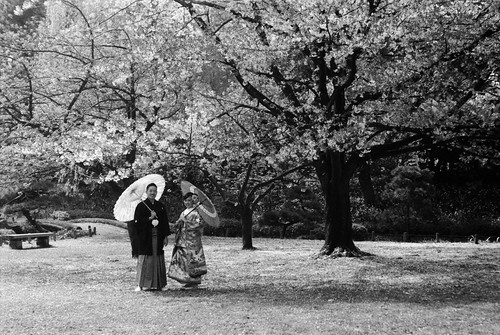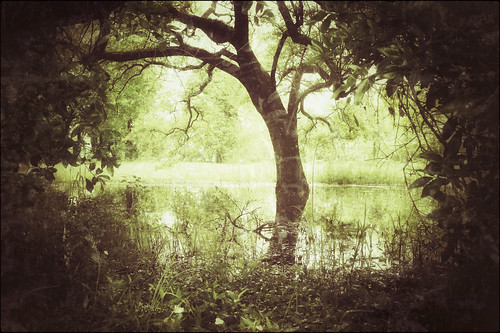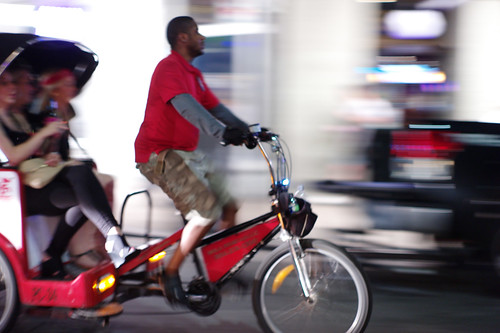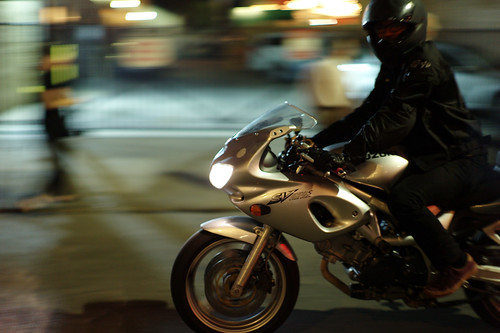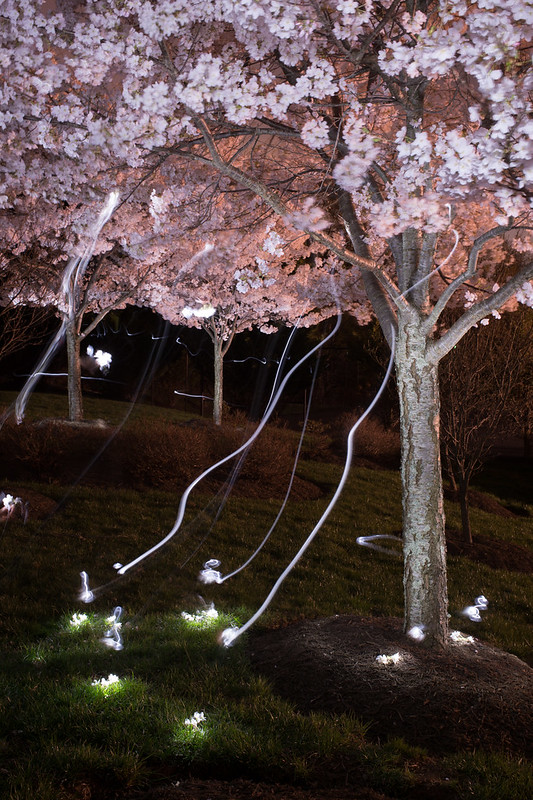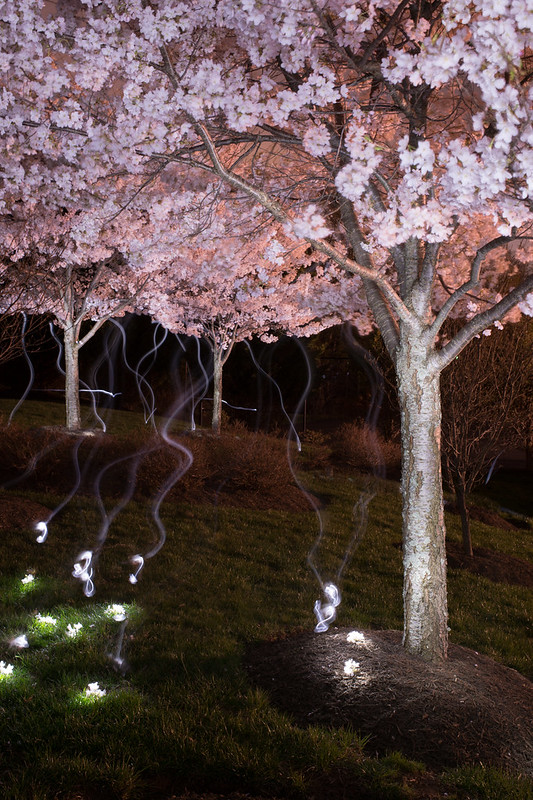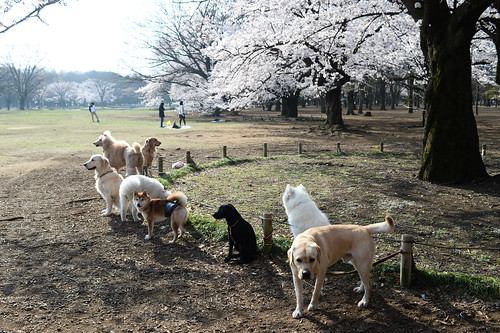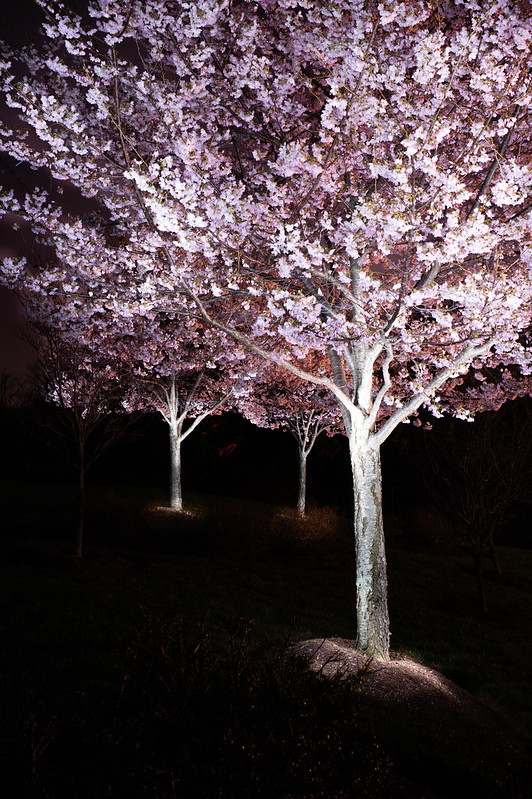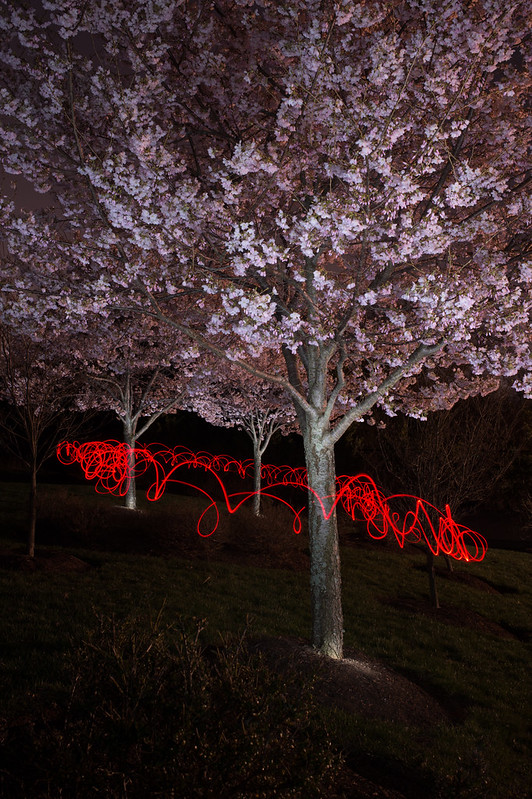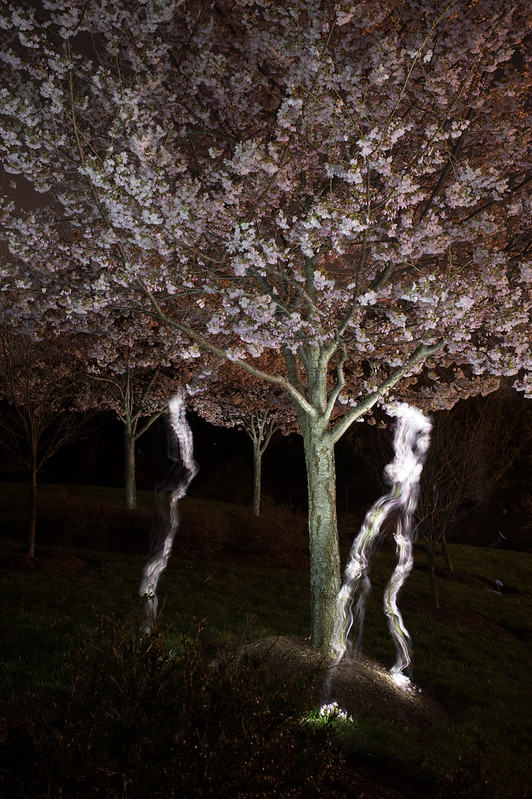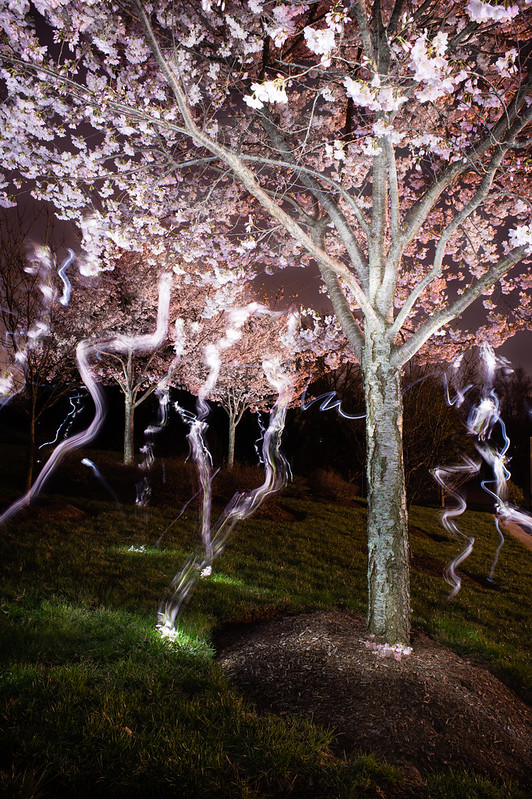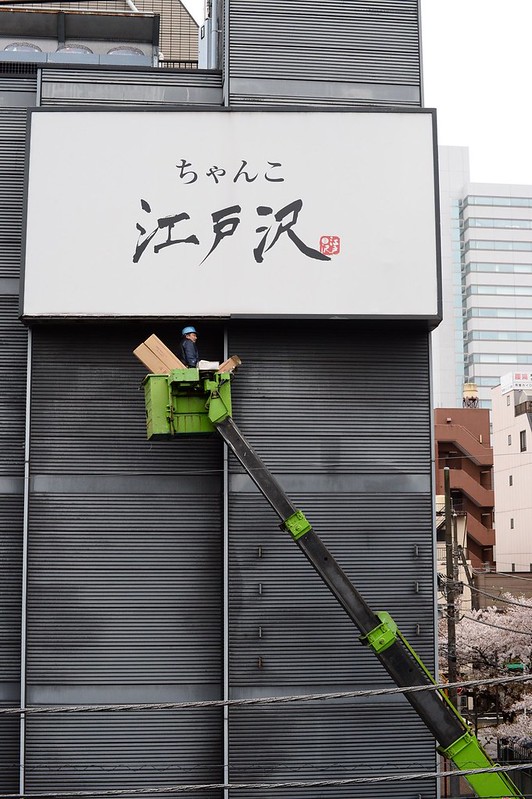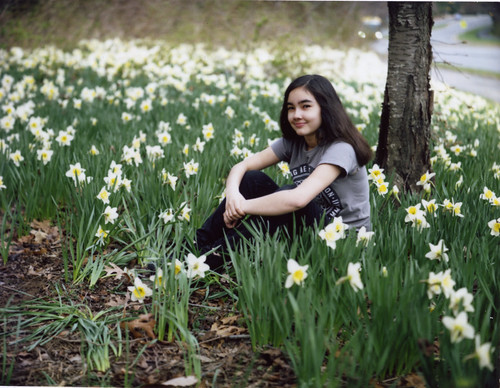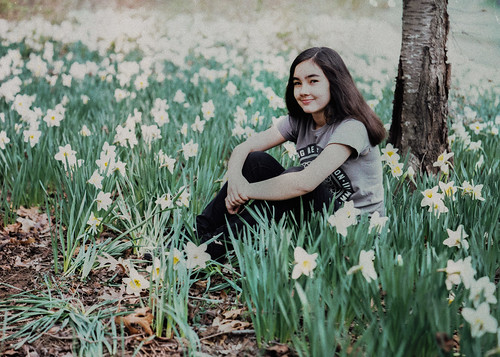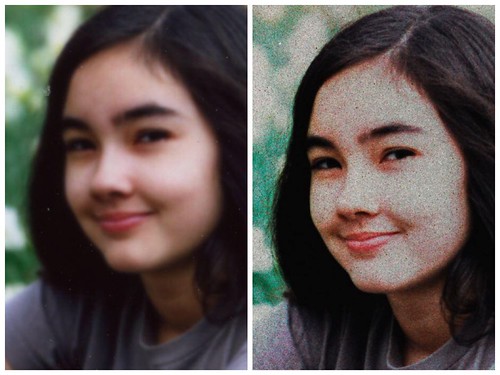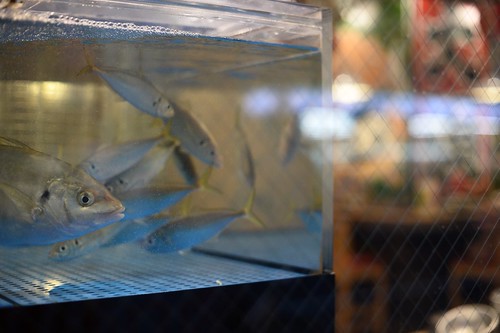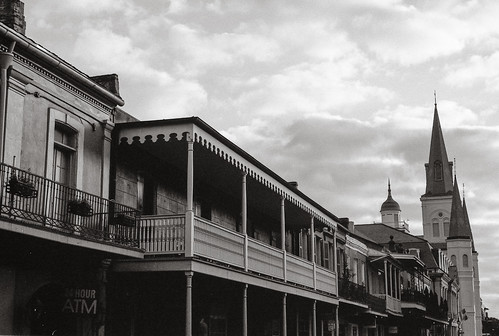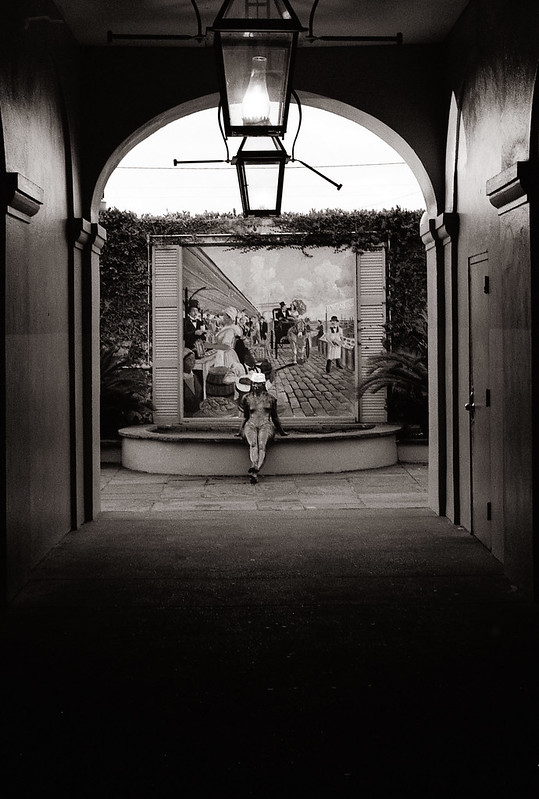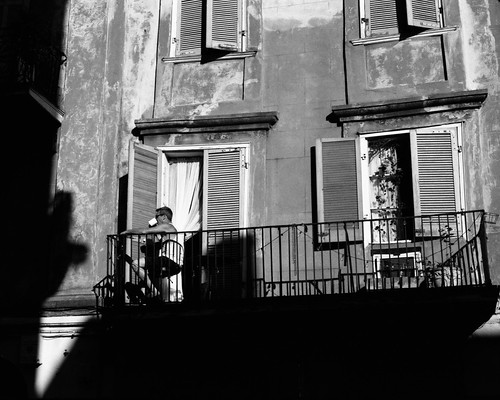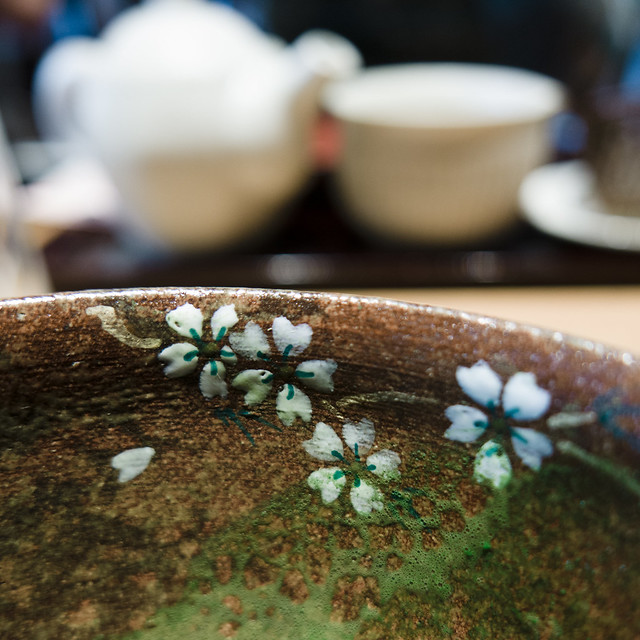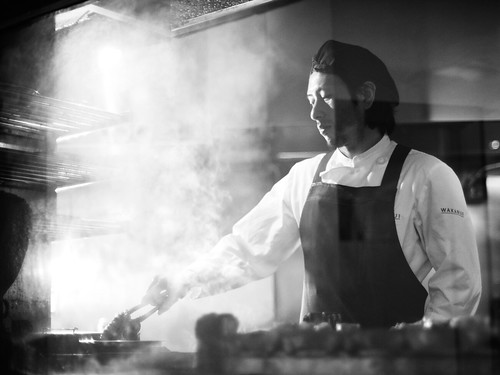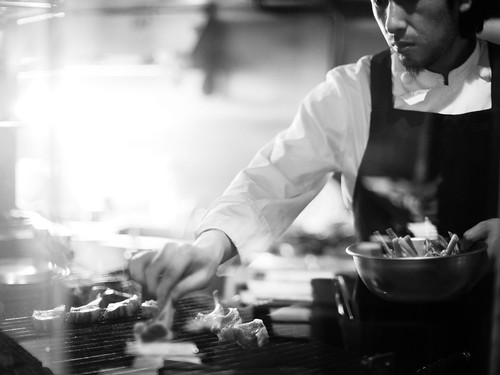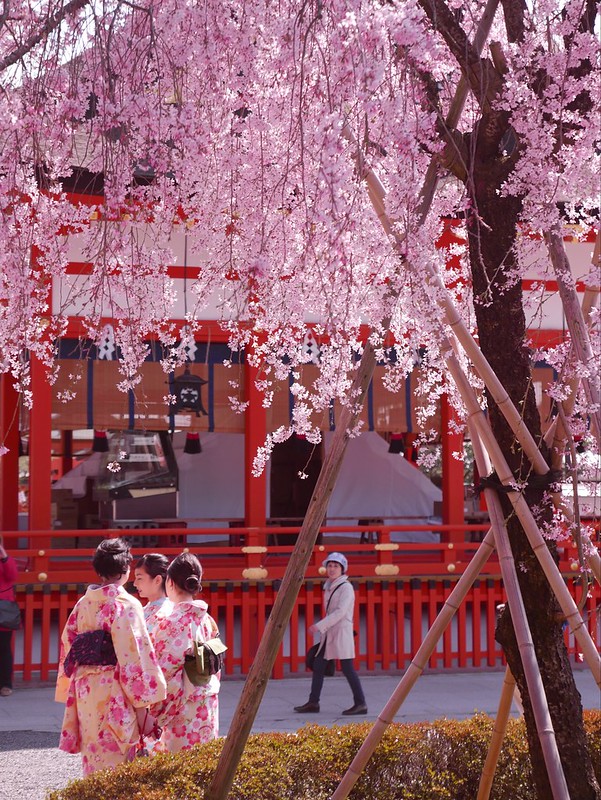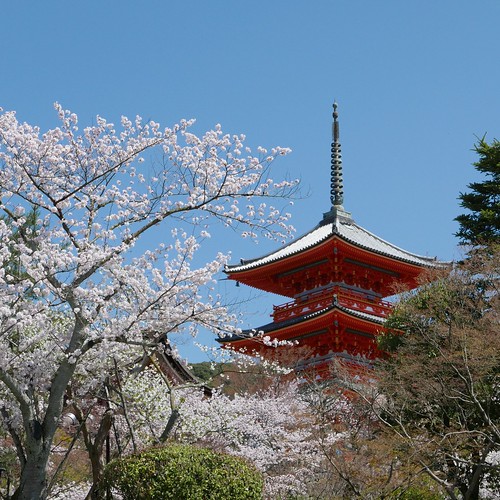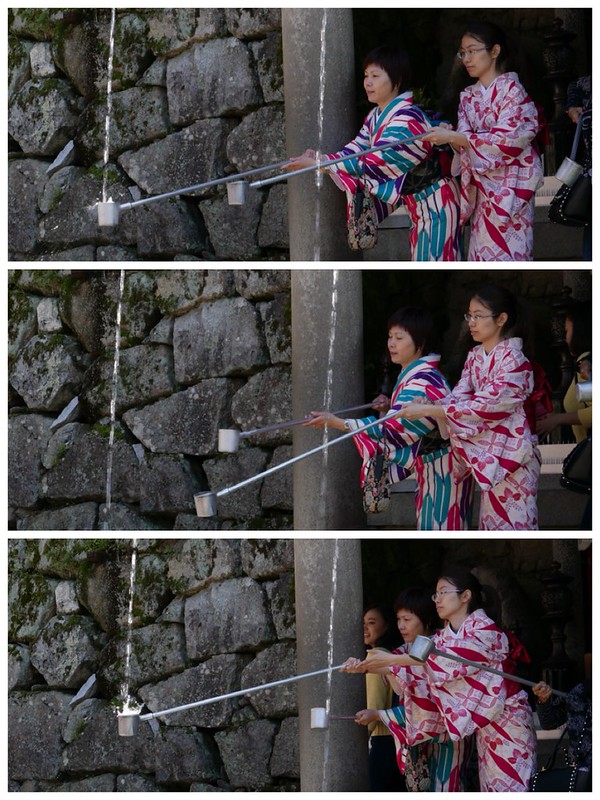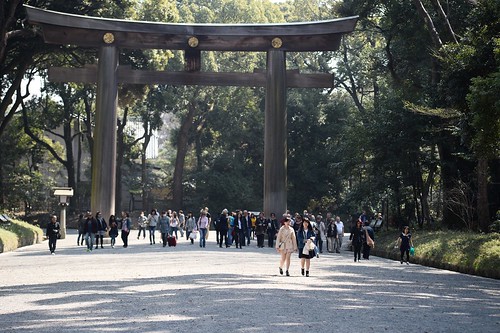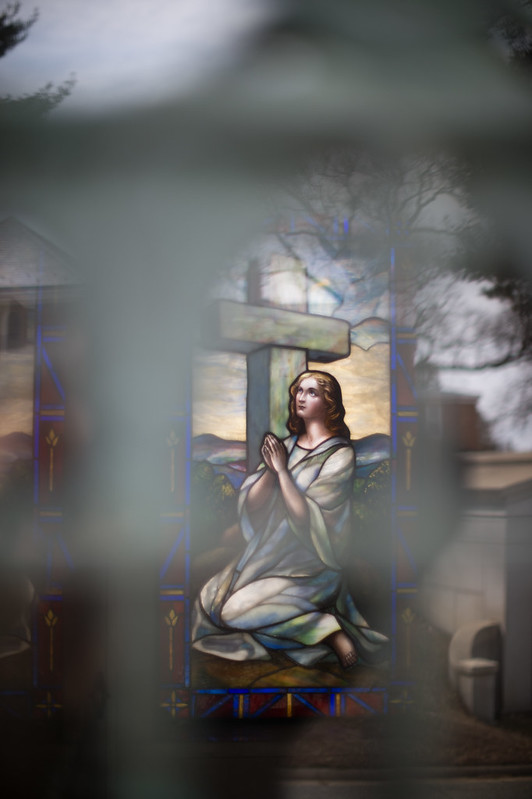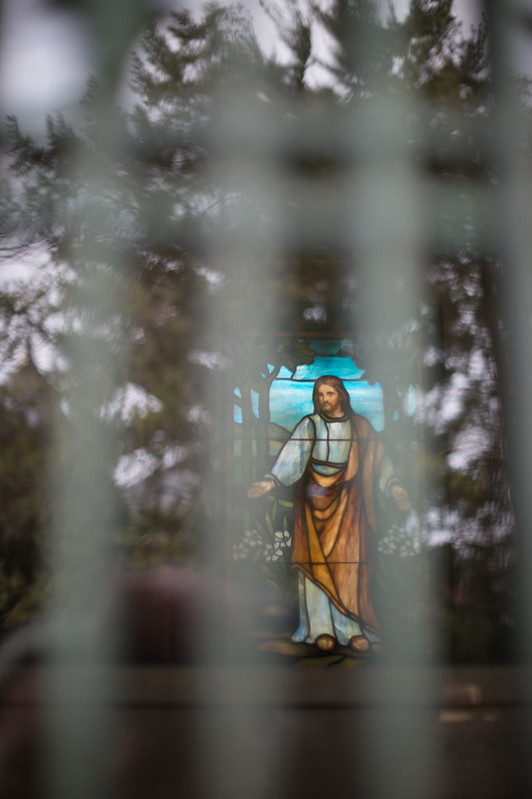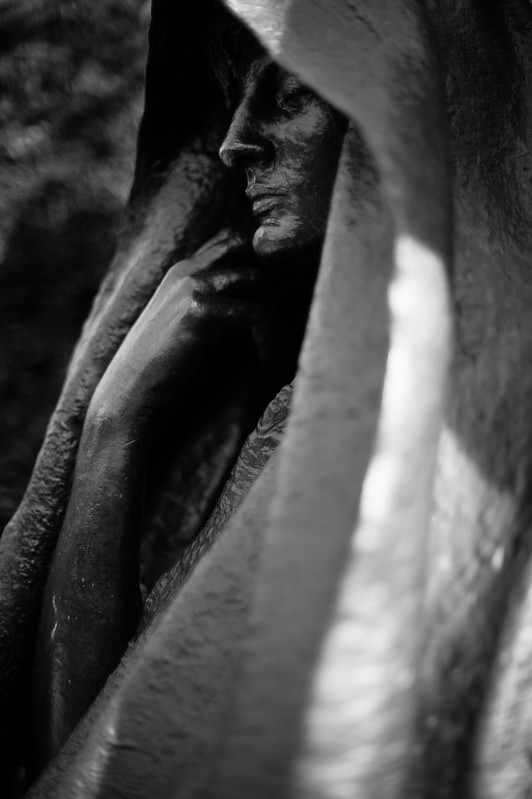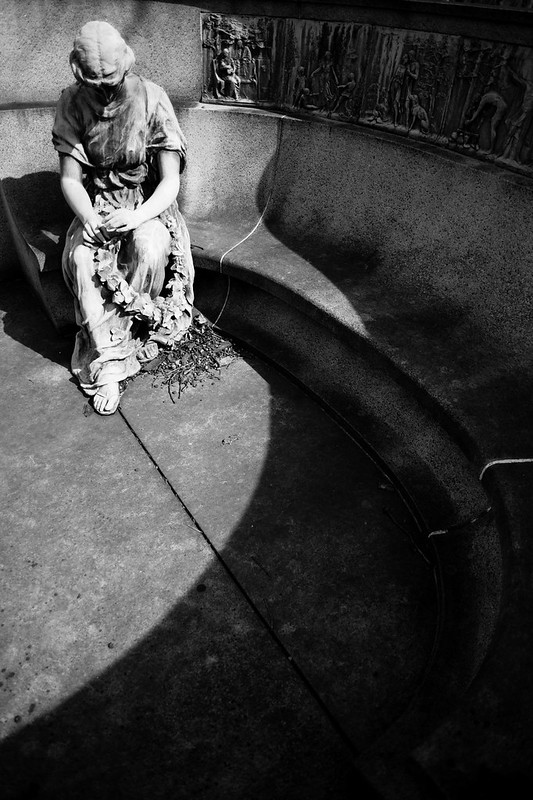DMC-365 focuses on creative photography equipment, techniques, and approaches. I believe that equipment is part of the creative process. I use Leica, Panasonic Lumix, Nikon and other cameras, both digital and film. On DMC-365, you can expect to see a lot of my own work, as well as work by others that I find interesting. I share methods, equipment developments, and creative approaches to photography.
Thursday, April 30, 2015
More From Kiyosumi Garden with the Leica IIIG
Wednesday, April 29, 2015
Another Birthday Portrait with the Mamiya Universal Press
Tuesday, April 28, 2015
Photos of Kiyosumi Gardens, Tokyo, with Leica IIIG
Monday, April 27, 2015
Live Oak Tree - Lousiana Plantation - From Raw Image to Interpretation
Sunday, April 26, 2015
The New Film Leica - the M-A
Saturday, April 25, 2015
Another Panning Example With the Leica M9
Friday, April 24, 2015
Panning at Night
Thursday, April 23, 2015
Rain Makes Night Photography More Dramatic - Leica M9
Wednesday, April 22, 2015
My Entry for the LHSA Spring Shoot Photo Contest
Tuesday, April 21, 2015
Hello From The French Quarter!
Monday, April 20, 2015
Another Shot at Light Painting Cherry Blossoms with the Nikon Df
Sunday, April 19, 2015
Everyone, I Mean Everyone, in Japan Loves Cherry Blossom Season
Saturday, April 18, 2015
Cherry Blossoms, Light Painting, with the Nikon Df
Friday, April 17, 2015
More Men at Work - Nikon Df in Japan
Thursday, April 16, 2015
Polaroid/Fujifilm FP100C Instant Negatives from the Mamiya Universal Press Camera
Wednesday, April 15, 2015
Invited for Dinner - Japanese Style
Tuesday, April 14, 2015
Heading to New Orleans for the LHSA (International Leica Society) Spring Shoot 2015!
Monday, April 13, 2015
Today's Image From Japan - Lumix DMC-LX100
Sunday, April 12, 2015
Today's Photos From Japan - Grill Master
I have found myself wondering why I carry any camera other than my Lumix LX-100 when traveling. These photos are part of the answer. Shooting at f1.4 at 50mm focal length, and getting these kind of results at iso 3200 are the sole domain of the Nikon Df in my camera set. These are jpegs straight from the camera, just converted to black and white and cropped in Snapseed, on my iPad.

